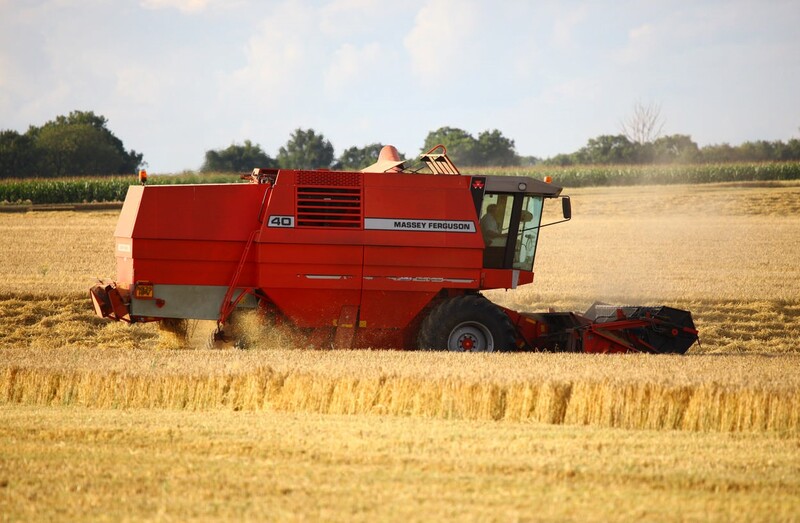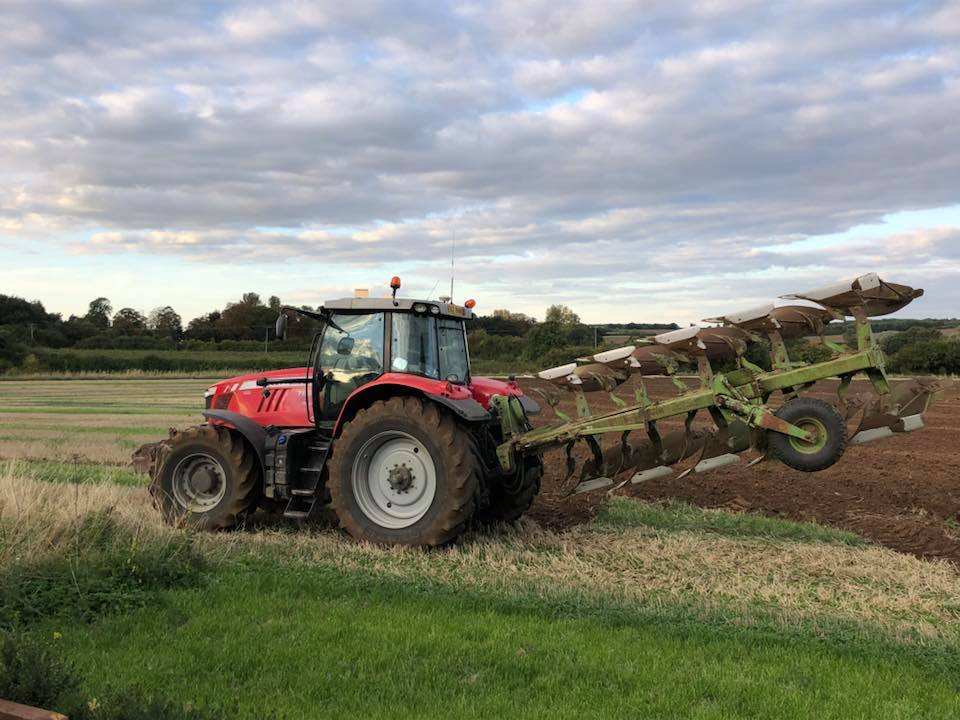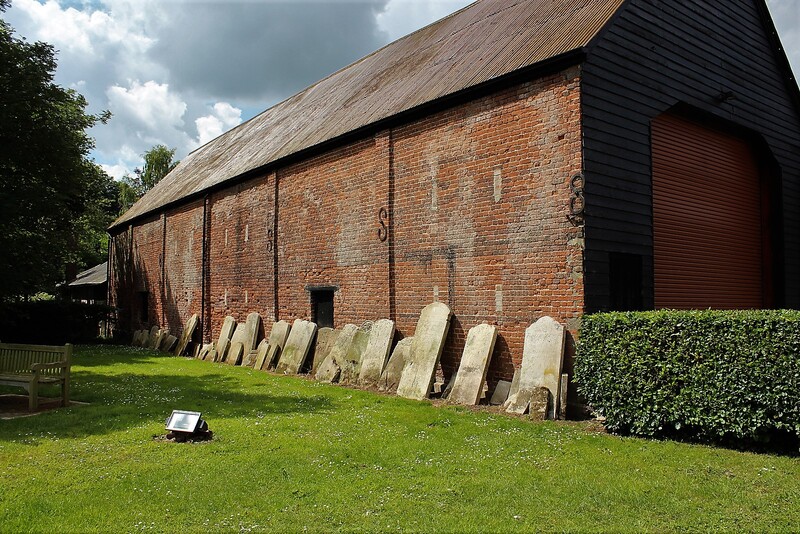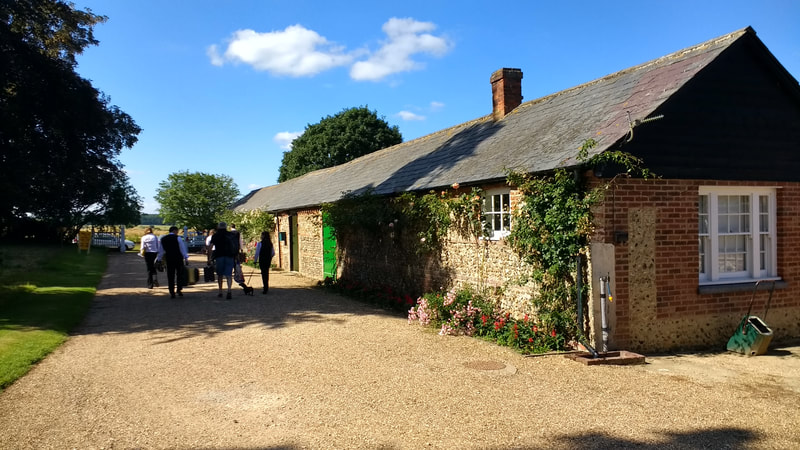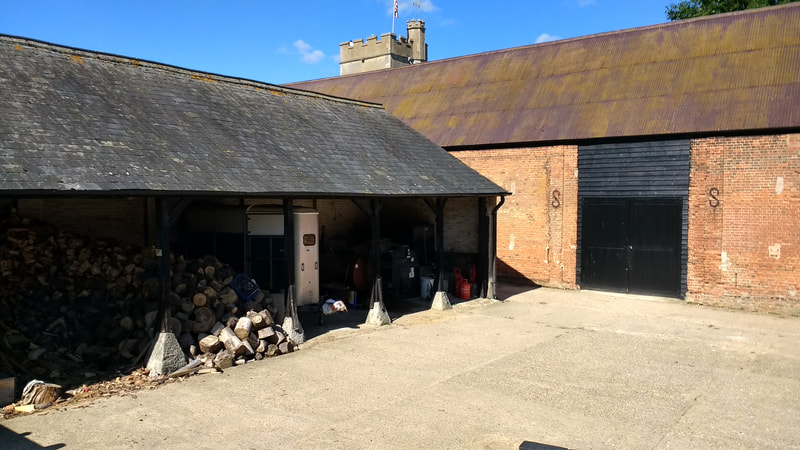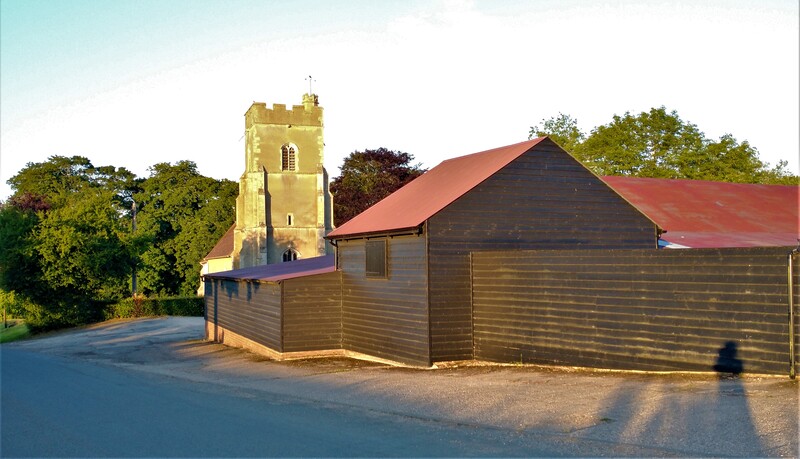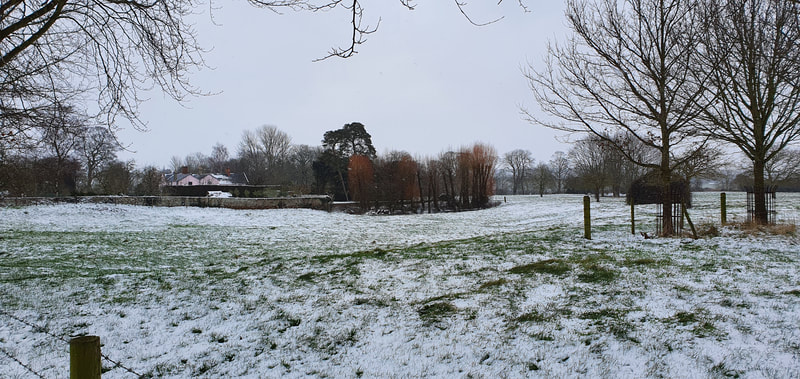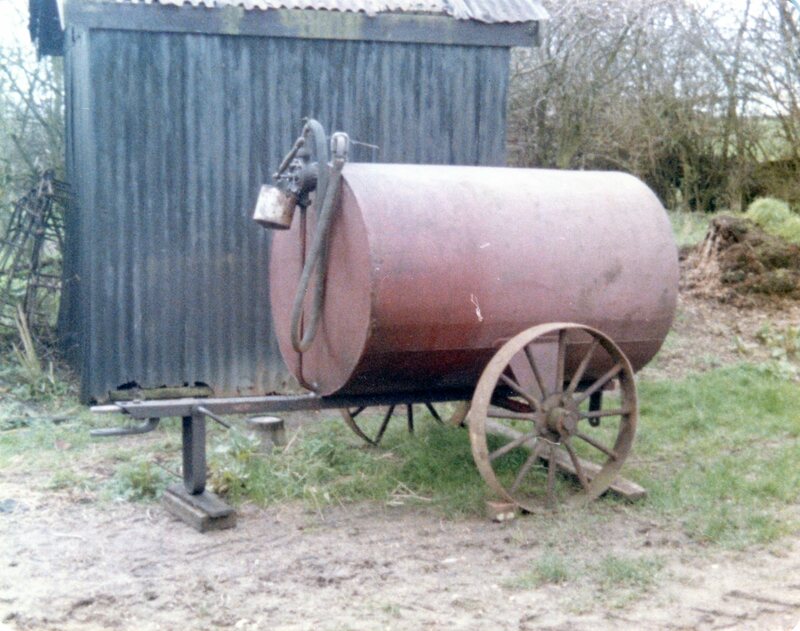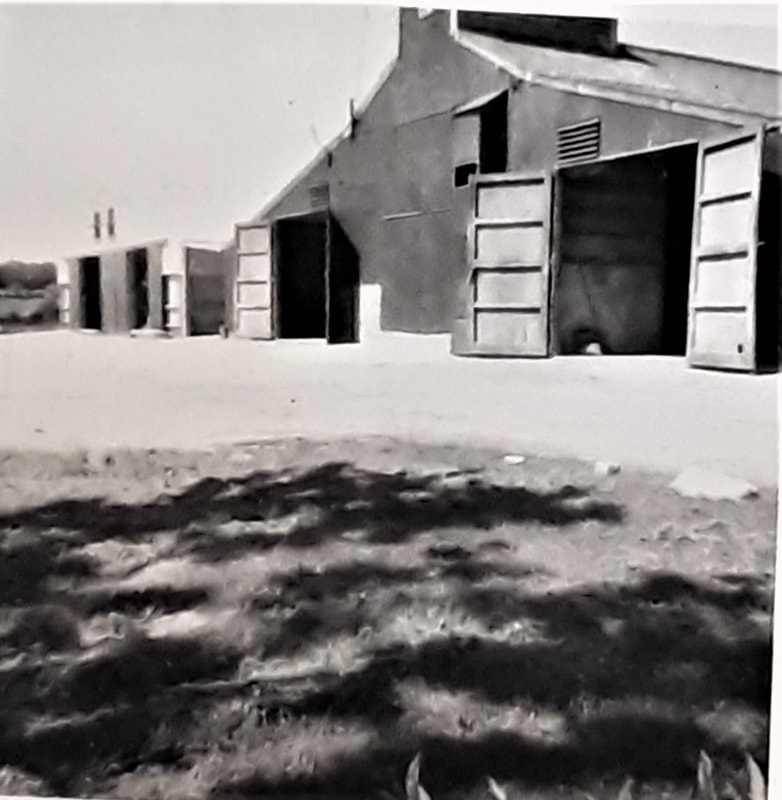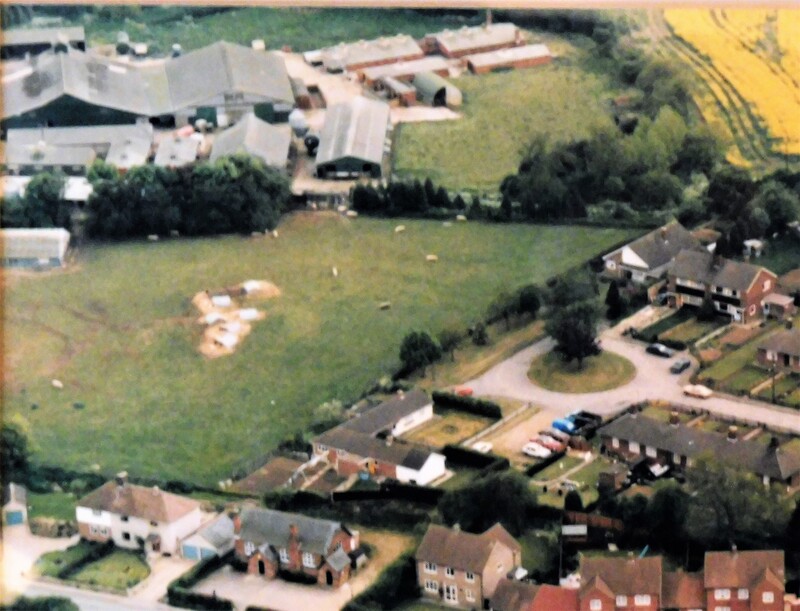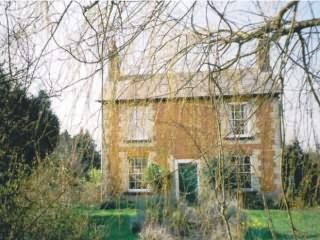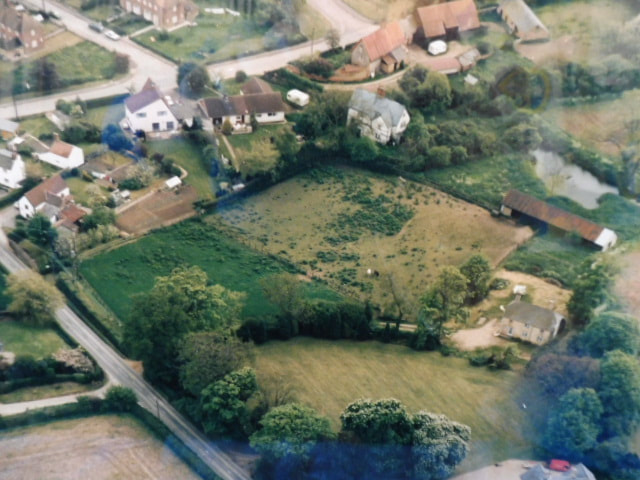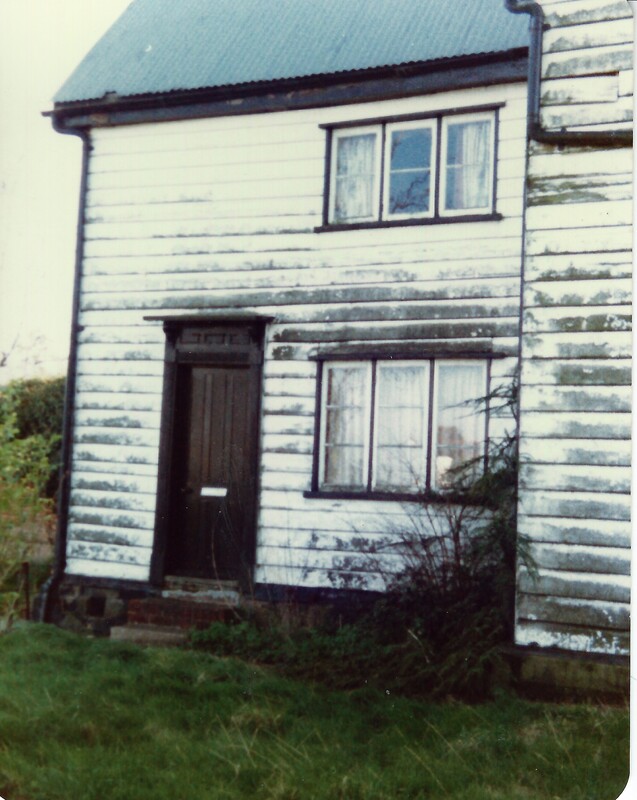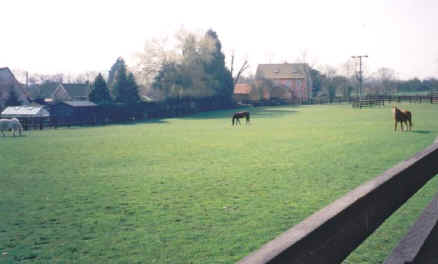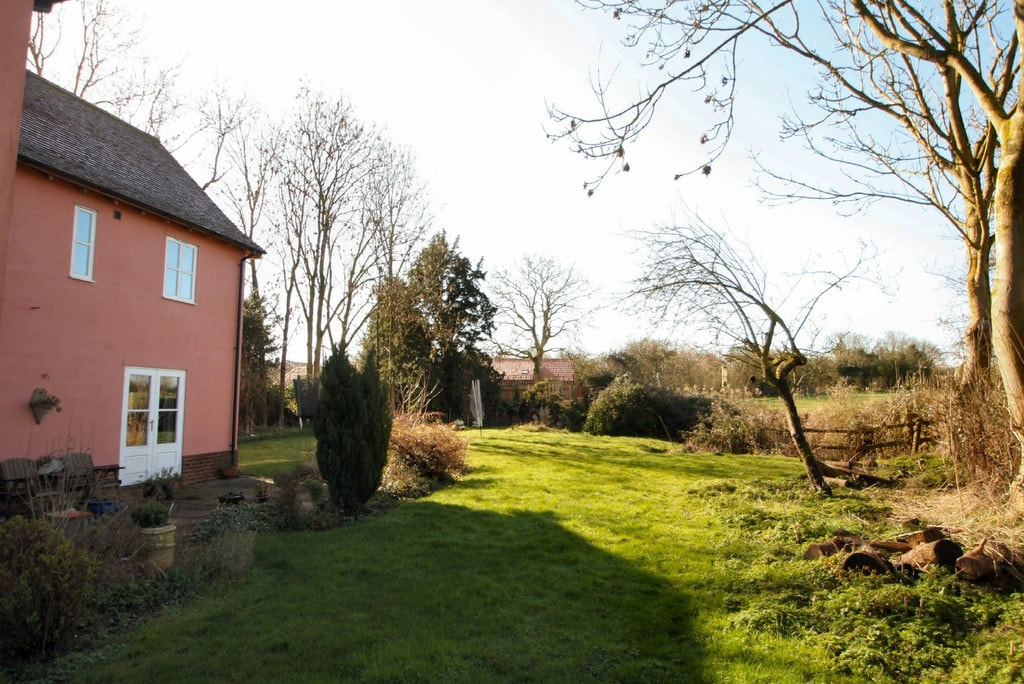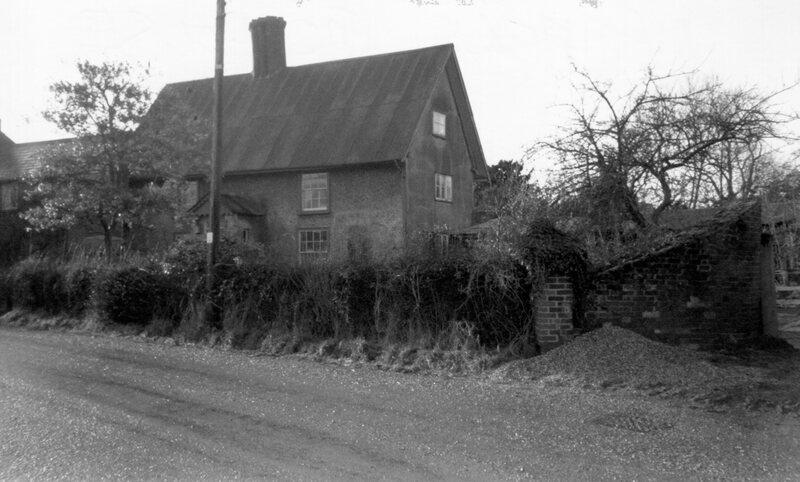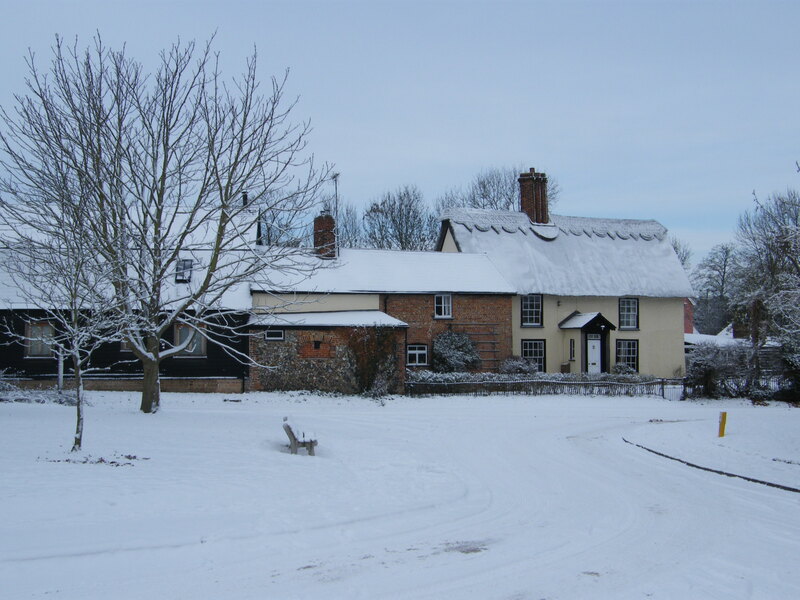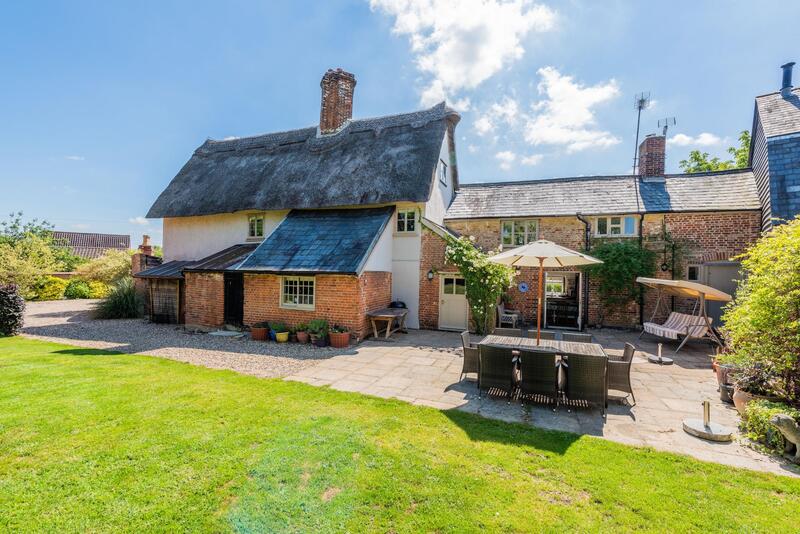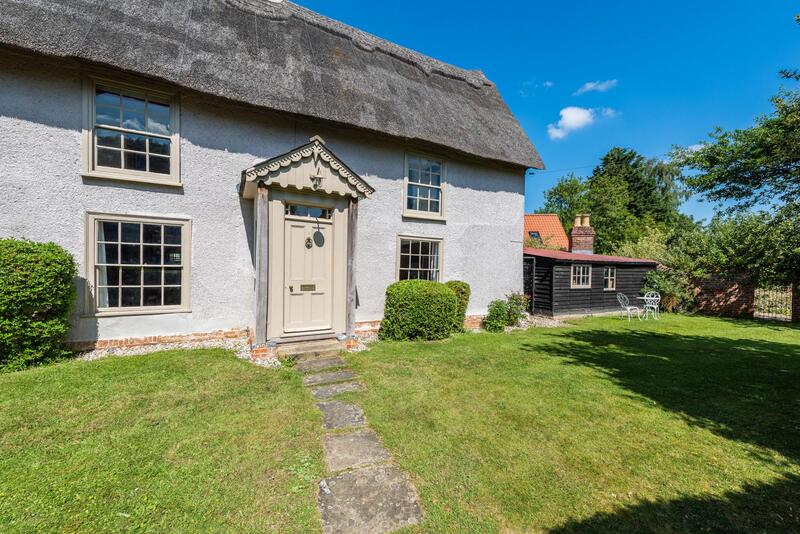FARMING IN GREAT BRADLEY
The Domesday Book from 1086, gives us some indication of how the manor lands of Great Bradley were farmed. The lord owned 3 ploughs, and men working his land another 7, with, of course, the oxen to pull them. There was, and had been for the last twenty years, a cob, that is, a strong horse. The other livestock included 18 cattle, 53 pigs, 63 sheep (a rise over 20 years from 20), 7 goats and even a beehive. There was meadow for making hay, and although it is not mentioned for Bradley (or anywhere else in Suffolk) there must have been pasture for the sheep and cattle.
Some time after St. John's College acquired land in Great Bradley, the importance of the wool trade to England's prosperity affected the parish. Land on Hanley Hill, the hill slopes to the south of the road from the mill to Sipsey Bridge on the Burrough Green Road, was enclosed in 1488 to enable sheep to be intensively grazed. It appears that the rest of the College land was divided into fields, smaller, but rather as we know them today.
However, the manor land was partly pasture fields, and partly larger fields divided into narrow strips worked by different men as tenants of the manor. These fields: Waterfield, Millfield (next to Little Bradley), Sand-pit field. East field, Sink plot (between the river and Thurlow Road) and Grove field, covered about half the manor lands. The strips can be seen on the early maps of the manor
Around the year 1800 enclosure was practiced throughout England, an Act of Parliament being needed for each parish. Farmers and landowners closed off their land with fences and hedges to prevent others using their pasture etc. Strips were exchanged, or purchased, so that larger pieces of land could be consolidated, and compensation had to be paid where common rights were lost. The Enclosure map for Great Bradley of 1814 shows how the land was settled.
There used to be many other fams in the parish: Matthew's Farm, Fox Farm and Rectory Farm were all within the main village and their buildings still stand; lbeyond the village, farms have been lost, such as as Lower Hill Farm, Overgreen Farm and Long Acre Farm.
When the Ryder family came to Great Bradley manor the parish was still a mixed farming area. They had a beef and a dairy herd, a sheep flock, pigs, large flocks of hens and many horses to pull carts, ploughs etc. It is only since the Second World War that tractors have replaced the horses, and gradually all the other livestock has gone, leaving arable farming throughout.
However, there is still livestock in the parish. On land that previously belonged to St. John's College there are now cattle to the west, and to the east, a horse stud and Hebridean sheep
Click on on an image to see the complete picture
Some time after St. John's College acquired land in Great Bradley, the importance of the wool trade to England's prosperity affected the parish. Land on Hanley Hill, the hill slopes to the south of the road from the mill to Sipsey Bridge on the Burrough Green Road, was enclosed in 1488 to enable sheep to be intensively grazed. It appears that the rest of the College land was divided into fields, smaller, but rather as we know them today.
However, the manor land was partly pasture fields, and partly larger fields divided into narrow strips worked by different men as tenants of the manor. These fields: Waterfield, Millfield (next to Little Bradley), Sand-pit field. East field, Sink plot (between the river and Thurlow Road) and Grove field, covered about half the manor lands. The strips can be seen on the early maps of the manor
Around the year 1800 enclosure was practiced throughout England, an Act of Parliament being needed for each parish. Farmers and landowners closed off their land with fences and hedges to prevent others using their pasture etc. Strips were exchanged, or purchased, so that larger pieces of land could be consolidated, and compensation had to be paid where common rights were lost. The Enclosure map for Great Bradley of 1814 shows how the land was settled.
There used to be many other fams in the parish: Matthew's Farm, Fox Farm and Rectory Farm were all within the main village and their buildings still stand; lbeyond the village, farms have been lost, such as as Lower Hill Farm, Overgreen Farm and Long Acre Farm.
When the Ryder family came to Great Bradley manor the parish was still a mixed farming area. They had a beef and a dairy herd, a sheep flock, pigs, large flocks of hens and many horses to pull carts, ploughs etc. It is only since the Second World War that tractors have replaced the horses, and gradually all the other livestock has gone, leaving arable farming throughout.
However, there is still livestock in the parish. On land that previously belonged to St. John's College there are now cattle to the west, and to the east, a horse stud and Hebridean sheep
Click on on an image to see the complete picture
Old Maps showing field boundaries, lost windmills and abandoned farms
BRADLEY HALL FARM
Fox Farm
Fox Farm was in the centre of the village. It was a pig farm rearing thousands of pigs every year. In June 1988, Messrs. R. S. and C. W. C. Ryder of Great Bradley Farms announced the intention to undertake a development at Fox Farm, and to relocate the farming business away from the centre of the village. It was proposed that 25 houses would be built at Fox Farm, and a separate 3.5 acre recreation ground adjacent to the development would be made available. Villagers were invited to a meeting in the Village Hall on 13th June 1988, at which an outline of the scheme was shown. Local press reported that about 200 attended the meeting. The main site was approximately 8 acres, and the development was offered for sale by formal tender on 15th October 1993. For more on Fox Green see the page on the Fox Green hosing development.
Rectory Farm (which burnt down in 1980s and was replaced by Clare Cottage)
The last 6 pictures show Clare Cottage (withthe last two showing how it was repainted from the original Suffolk pink)













